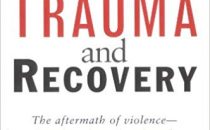IS IT GRIEF OR DEPRESSION?…
It is easy to get grief confused with a major depressive episode (MDE) and vise versa. Both include feelings of sadness, at times hopelessness, and a state of unease or generalized dissatisfaction with life (dysphoria). So how do you really know the difference between both? Thankfully there are some clues to help you distinguish the […]

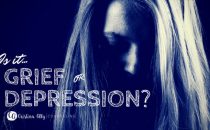
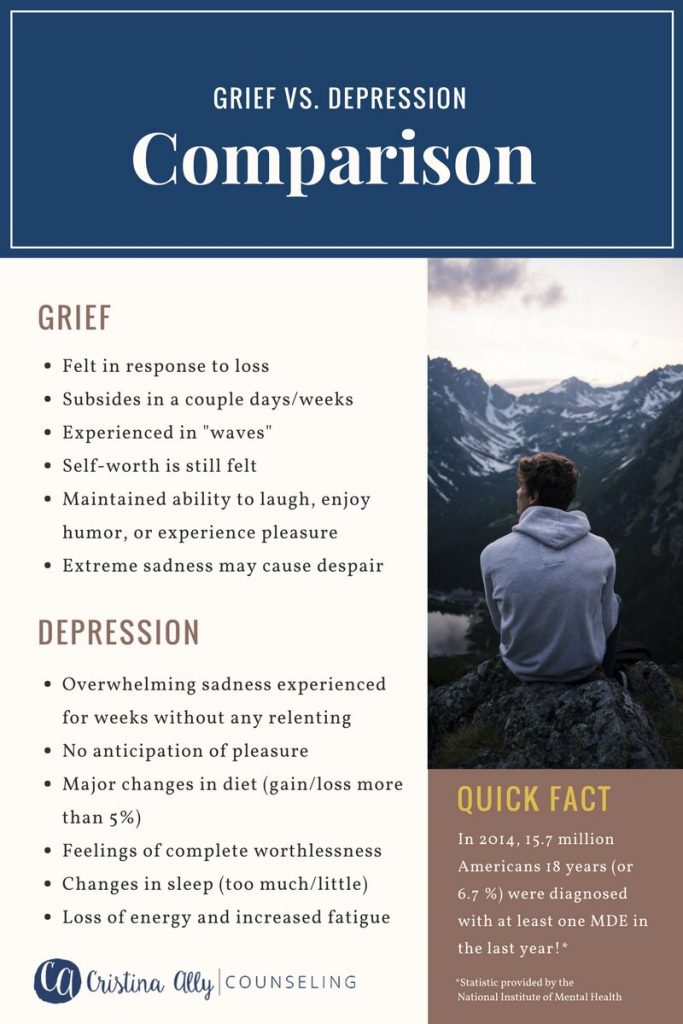


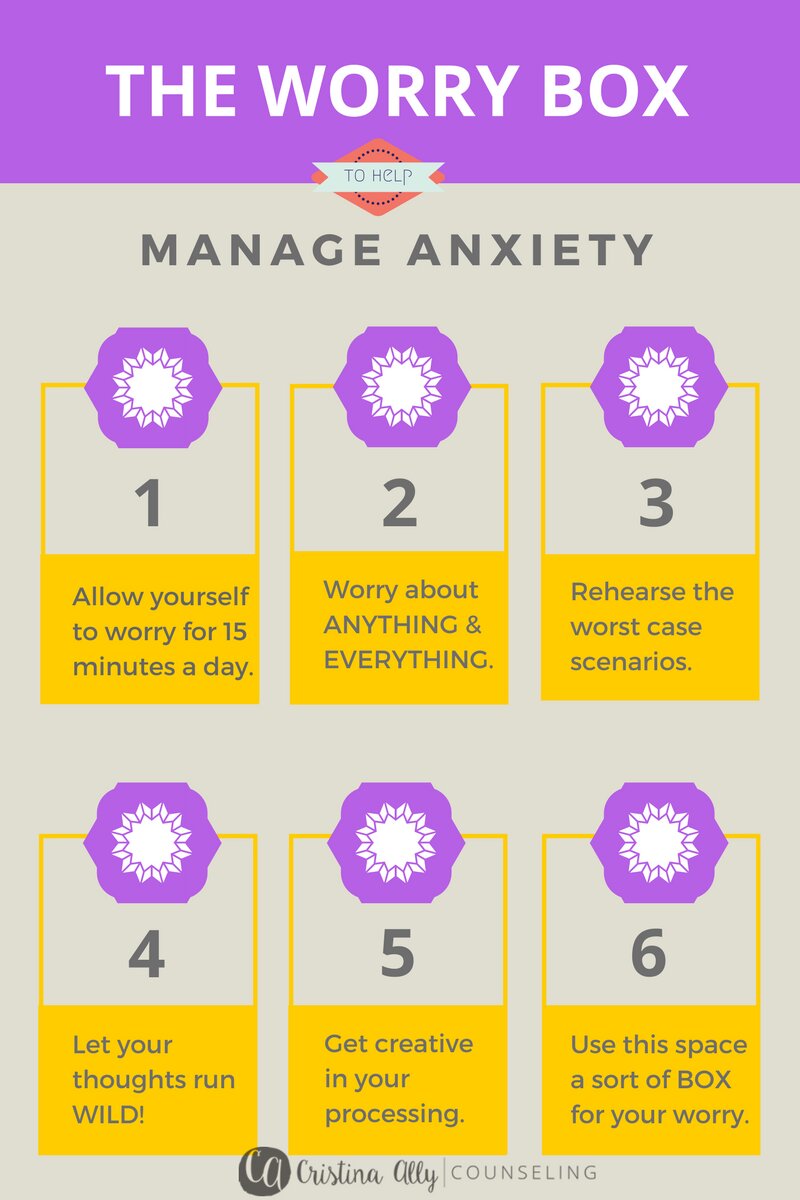
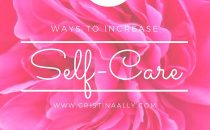







 2. Written Application
2. Written Application 3. Background Check
3. Background Check 4. Reference Check
4. Reference Check 5. Personal Interview
5. Personal Interview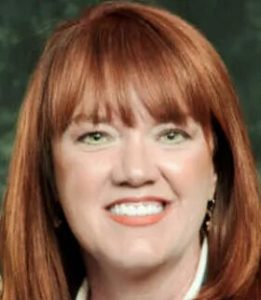 About the Author
About the Author

